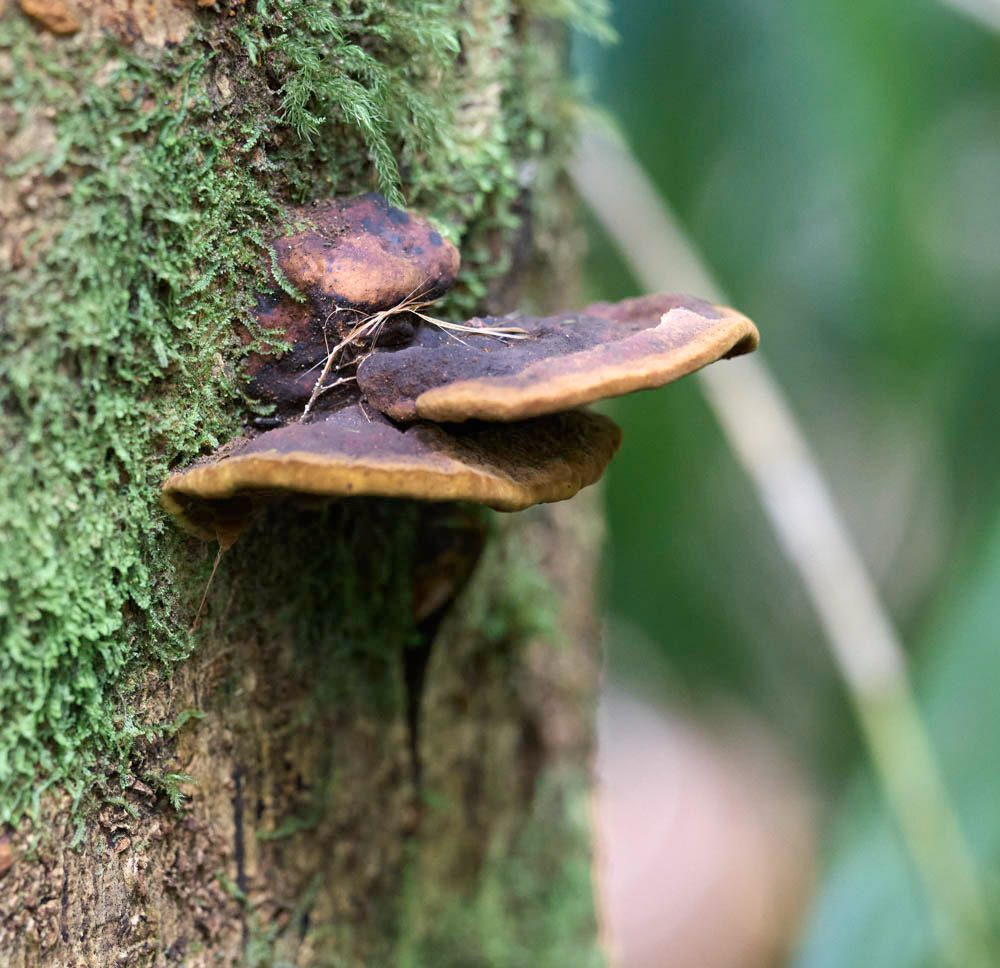World Oceans Month, celebrated every June, is a time to honor, appreciate, and raise awareness about the vital role oceans play in our lives. Oceans cover more than 70% of our planet’s surface and are crucial for sustaining life on Earth. This month serves as a reminder of the importance of preserving and protecting these magnificent bodies of water.
The Vastness of Oceans
The earth’s oceans are immense, covering approximately 361 million square kilometers. They contain about 1.332 billion cubic kilometers of water, making up 97% of Earth’s water supply. The five major oceans – the Pacific, Atlantic, Indian, Southern, and Arctic – are not only vast but also incredibly deep, with the Mariana Trench in the Pacific Ocean being the deepest point at over 11,000 meters.
Roles Oceans Play on Our Earth
Climate Regulation
Oceans play a critical role in regulating the Earth’s climate. They absorb vast amounts of solar radiation, particularly in tropical regions, and redistribute this heat around the globe through complex current systems. For instance, the Gulf Stream, a powerful Atlantic Ocean current, transports warm water from the Gulf of Mexico up the eastern coast of the United States and across the Atlantic to Western Europe. This heat exchange between the ocean and the atmosphere drives weather patterns and influences climate systems, making oceans essential for maintaining a stable climate.
Oxygen Production
Oceans are often referred to as the “lungs of the Earth” because of their critical role in oxygen production. Phytoplankton, microscopic plants in the ocean, are responsible for approximately 50% of the oxygen we breathe. These tiny organisms perform photosynthesis, a process that converts carbon dioxide and sunlight into oxygen and glucose. Despite their small size, phytoplankton are incredibly efficient, producing oxygen at a scale that rivals all the forests and terrestrial plants combined. Their role is vital not just for marine life, but for all life on Earth.
Carbon Sequestration
Oceans act as a significant carbon sink, absorbing about 25% of the carbon dioxide emitted by human activities each year. This process, known as carbon sequestration, occurs in several ways. Phytoplankton absorb CO2 during photosynthesis. When they die, their remains sink to the ocean floor, effectively removing the carbon from the atmosphere for long periods.
Support for Biodiversity
Oceans are the largest ecosystems on Earth, teeming with an incredible diversity of life. From the smallest plankton to the largest blue whale, marine ecosystems provide habitat, food, and breeding grounds for countless species. Coral reefs, often referred to as the “rainforests of the sea,” support about 25% of all marine species, despite covering less than 1% of the ocean floor. These vibrant ecosystems are crucial for the survival of many marine organisms, offering shelter, feeding, and breeding areas. Mangroves, seagrasses, and estuaries also play vital roles in supporting biodiversity, acting as nurseries for many marine species.
Marine Ecosystems
Importance of Marine Ecosystems
Marine ecosystems offer a multitude of benefits to both the ocean environment and human society. For humans, fish and shellfish species are harvested in these for consumption, making fisheries a crucial source of protein for millions of people around the world. These ecosystems also offer coastal protection; for instance, mangroves and coral reefs act as natural barriers against storm surges and erosion, protecting coastal communities from the impacts of extreme weather events.
Additionally, marine ecosystems support recreational activities such as snorkeling, diving, and fishing, which are not only enjoyable but also contribute to local economies through tourism. Healthy marine ecosystems are vital for maintaining biodiversity, ensuring the resilience of ocean life to environmental changes, and supporting the livelihoods of people who depend on the sea.
Coral Reefs: The Rainforests of the Sea
Coral reefs are built by tiny coral polyps that secrete calcium carbonate to form a hard skeleton. Over time, these structures grow and provide habitat for a diverse array of marine life. Coral reefs are often referred to as the “rainforests of the sea” due to their incredible biodiversity.
Coral reefs support about 25% of all marine species, including fish, invertebrates, and marine mammals. They are crucial breeding and feeding grounds, contributing to the richness of ocean life.
Oceans Surrounding Hawaii
Unique Features of Hawaiian Waters
Hawaiian waters are known for their unique marine environments, including volcanic underwater landscapes and deep-sea habitats. The islands’ isolation in the Pacific Ocean has led to a high level of endemism, creating a home to many species found nowhere else on Earth.
Marine Life in Hawaiian Waters
The oceans around Hawaii are teeming with life, from colorful reef fish, to sea turtles, and humpback whales. From coral reefs to deep-sea trenches, the diverse habitats around the Islands of Hawaii create a perfect environment for the large variety of marine species.
Conservation Efforts in Hawaii
Over the years, Hawaii has implemented numerous conservation initiatives to protect its marine environments. These include the establishment of marine protected areas, regulations on fishing practices, and efforts to reduce pollution and invasive species.
The Importance of Protecting Our Oceans
Human Impact on Oceans
Human activities have significantly impacted the oceans, leading to pollution, habitat destruction, and overfishing. Plastic pollution is also a major concern, with millions of tons of plastic entering the oceans each year, harming marine life and ecosystems.
This degradation of oceans has far-reaching consequences, including the loss of biodiversity, disruption of food chains, and increased vulnerability to climate change. As stewards of the planet, It is more important than ever that we do our part in protecting the earth’s oceans to ensure the well-being of our planet for future generations.
Ocean Conservation Efforts
International Initiatives
Global efforts to protect the oceans include international agreements such as the United Nations Convention on the Law of the Sea (UNCLOS) and initiatives like the Global Ocean Alliance. These efforts aim to promote sustainable use and conservation of marine resources.
Non-Profit Organizations
Many non-profit organizations are dedicated to ocean conservation.
- Papahānaumokuākea Marine Debris Project (PMDP)
- Oceana
- Marine Conservation Institute
- Ocean Conservancy.
These organizations work on various fronts, from advocacy and education to research and restoration projects.
Interesting Facts About Oceans
Deepest Part of the Ocean
The Mariana Trench in the Pacific Ocean is the deepest part of the ocean, reaching depths of over 11,000 meters. This remote and extreme environment is home to unique species adapted to high pressure and darkness.
Largest Ocean
The Pacific Ocean is the largest and deepest ocean, covering more than 63 million square miles and containing more water than all the Earth’s land combined. It plays a critical role in global weather patterns and marine biodiversity.
Strange and Wonderful Marine Creatures
Oceans are home to some of the most bizarre and fascinating creatures, including bioluminescent jellyfish, deep-sea anglerfish with their glowing lures, and the mysterious giant squid. These creatures are just the tip of the iceberg to the incredible adaptability and diversity of marine life.
Conclusion
Oceans are the lifeblood of our planet, playing crucial roles in climate regulation, oxygen production, and supporting biodiversity. As we celebrate World Ocean Month, it’s important to recognize the threats facing our oceans and take action to protect them. By supporting conservation efforts and making sustainable choices, we can help ensure that our oceans remain healthy and vibrant for future generations.
FAQs
What is the significance of World Ocean Month?
World Ocean Month is celebrated to raise awareness about the critical role oceans play in our lives and the importance of protecting them.
How do oceans regulate the climate?
Oceans regulate the climate by absorbing solar radiation and redistributing heat around the globe through currents, influencing weather patterns and climate systems.
What are the main threats to coral reefs?
The main threats to coral reefs include climate change, ocean acidification, overfishing, and pollution, all of which can lead to coral bleaching and reef degradation.
How can individuals contribute to ocean conservation?
Individuals can contribute by reducing plastic use, supporting sustainable seafood, participating in beach cleanups, and advocating for policies that protect marine environments.
What makes the oceans around Hawaii unique?
The oceans around Hawaii are unique due to their volcanic underwater landscapes, deep-sea habitats, and high level of endemism, with many species found only in Hawaiian waters.







